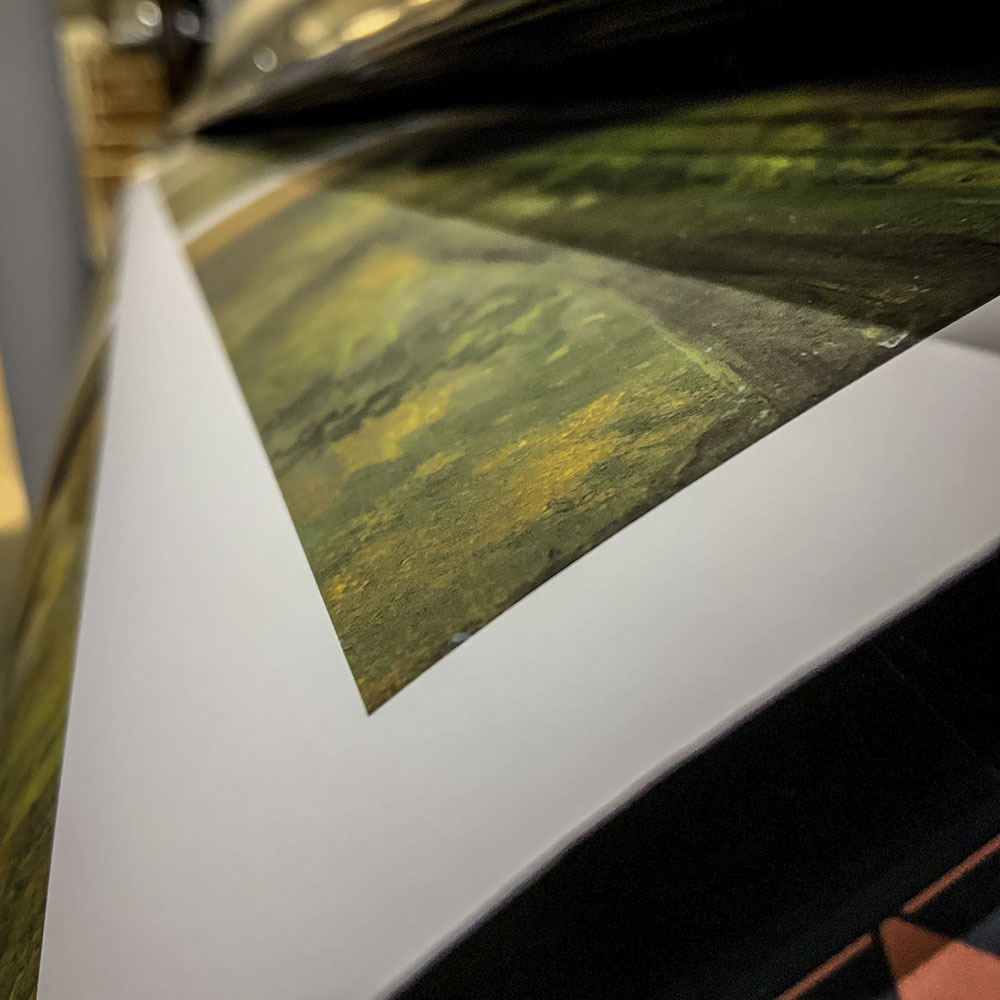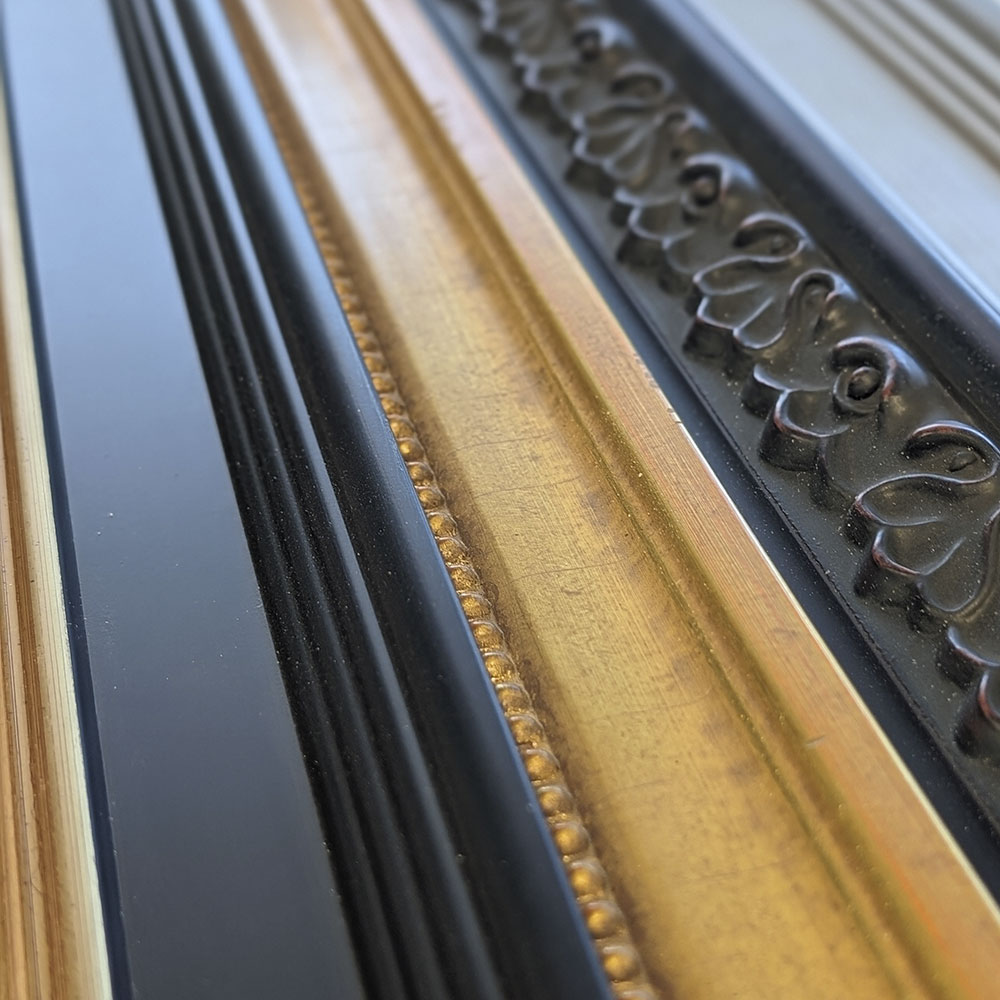In 1833 Thomas Cole secured a commission from New York merchant Luman Reed to paint a cycle of five paintings for the art gallery in his home. In the resulting series, The Course of Empire, Cole presented a cyclical view of history in which a civilization appears, matures, and collapses. The artist's distinctly pessimistic vision differed from that of many of his peers; in the early years of the United States' history, its future was considered limitless. Cole drew from a number of literary sources, such as Gibbon's The Decline and Fall of the Roman Empire and Byron's epic Childe Harold's Pilgrimage. The motto he attached to the series was taken from Byron's popular poem: "First freedom, then glory; when that fails, wealth, vice, corruption." The artist finally settled on a title in 1835, taken from Bishop George Berkeley's 1729 poem, "Verses on the Prospect of Planting Arts and Learning in America," which begins "Westward the Course of Empire takes its way."
This fourth and most dramatic of the images in the cycle depicts the ruin of Cole's civilization. On August 30, 1836 the artist wrote to his friend and fellow artist Asher B. Durand "I have been engaged in Sacking & Burning a city every since I saw you & am well nigh tired of such horrid work." The vainglorious city that Cole depicted in The Consummation of Empire has fallen to a savage enemy, and the critic for the New-York Mirror lauded Cole's critique of imperial rule, agreeing with the artist's depiction that "[s]uch is the merited downfall of all the empires which the earth has heretofore known." Instead of the statue of Minerva, goddess of wisdom, that kept watch over The Consummation of Empire, a headless colossal figure taken from the Louvre's Borghese Warrior witnesses the rapacious acts of the invading army. Cole was likely influenced by the English painter John Martin's panoramic scenes of apocalyptic disaster, and he no doubt knew that his depiction would bring to mind the terror and destruction wrought in New York by the Great Fire of 1835. Unlike the other paintings, here Cole's signature is audaciously large and carved in slashing letters, almost like an act of vandalism, on the pedestal of the ruined statue at the right.


